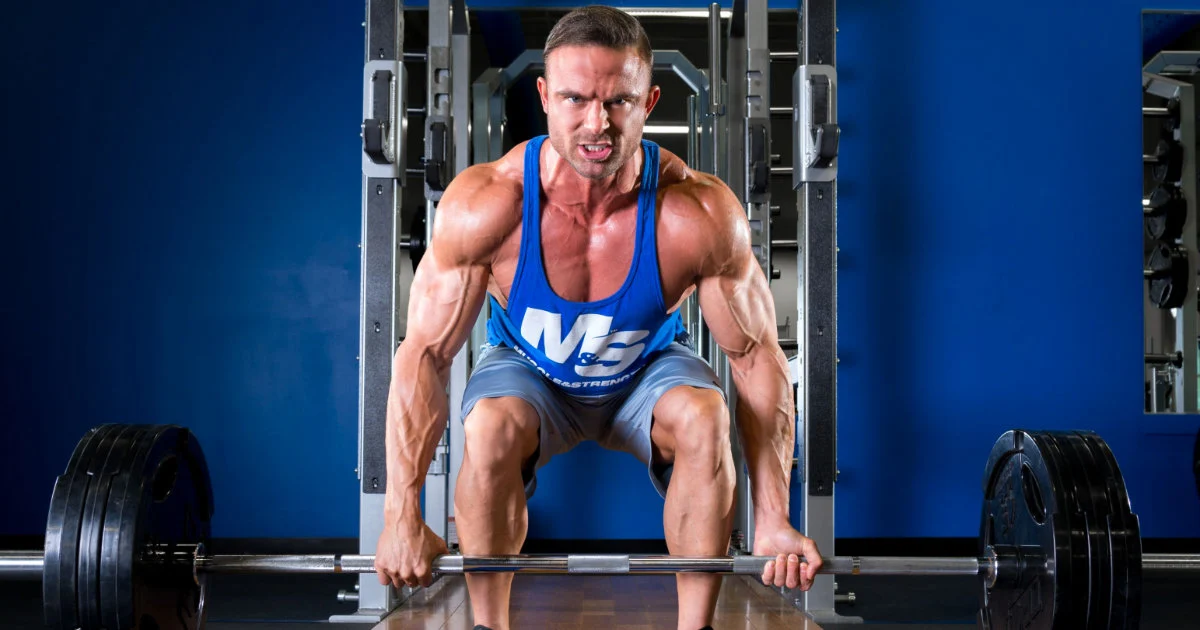A full-body workout routine targets all major muscle groups in a single session, providing a time-efficient and effective way to improve strength, endurance, flexibility, and overall fitness. Whether you’re a beginner looking to establish a solid foundation or an experienced gym-goer seeking to maximize gains, a well-rounded full-body workout can help you achieve your fitness goals and maintain a balanced physique. Join us as we explore the principles, benefits, components, and sample routines of a full-body workout regimen designed to optimize your health and wellness journey.
Understanding Full-Body Workouts
A full-body workout involves performing exercises that engage multiple muscle groups across the body in a single training session. Unlike split routines that focus on specific muscle groups on different days (e.g., chest and triceps one day, back and biceps another), full-body workouts aim to target all major muscle groups, including the upper body, lower body, and core, during each workout session. This approach ensures balanced muscular development, prevents muscle imbalances, and maximizes time efficiency by consolidating training into fewer sessions per week.
Key Principles of Full-Body Workouts
When designing a full-body workout routine, several key principles should be considered:
- Exercise Selection: Choose compound exercises that recruit multiple muscle groups simultaneously, such as squats, deadlifts, bench presses, rows, and overhead presses. Incorporate a variety of movements to target different planes of motion and muscle fiber types.
- Volume and Intensity: Adjust the volume (sets and repetitions) and intensity (load or resistance) of each exercise based on your fitness level, goals, and training experience. Beginners may start with lighter weights and higher repetitions, while advanced lifters may incorporate heavier loads and lower repetitions for strength and hypertrophy.
- Frequency and Recovery: Determine the frequency of full-body workouts based on your training schedule, recovery capacity, and lifestyle factors. Beginners may benefit from two to three sessions per week, while more advanced individuals may progress to three to four sessions per week with adequate recovery between workouts.
- Progressive Overload: Continuously challenge your muscles by progressively increasing the resistance, volume, or intensity of your workouts over time. This principle stimulates muscle growth, strength gains, and adaptation, ensuring continued progress and improvement.
Benefits of Full-Body Workouts
Full-body workouts offer numerous benefits for fitness enthusiasts of all levels:
- Efficiency: Full-body workouts provide a time-efficient way to train all major muscle groups in a single session, making them ideal for individuals with busy schedules or limited time for exercise.
- Muscular Balance: By targeting all muscle groups evenly, full-body workouts help prevent muscle imbalances and asymmetries, reducing the risk of injury and enhancing functional movement patterns.
- Metabolic Boost: Multi-joint compound exercises engage larger muscle groups and elicit a greater metabolic response, leading to increased calorie expenditure, fat loss, and improved cardiovascular health.
- Versatility: Full-body workouts can be adapted to suit various fitness goals, including strength, hypertrophy, endurance, and functional fitness, by adjusting jpslot training variables such as volume, intensity, and exercise selection.
- Recovery: With adequate rest and recovery between sessions, full-body workouts allow for sufficient recovery of muscle groups while still providing consistent training stimulus and adaptation.
Components of a Full-Body Workout Routine
A well-rounded full-body workout routine typically includes exercises targeting the following muscle groups:
- Lower Body: Squats, lunges, deadlifts, leg presses, and calf raises to target the quadriceps, hamstrings, glutes, and calves.
- Upper Body (Push): Bench presses, overhead presses, push-ups, and chest flies to target the chest, shoulders, and triceps.
- Upper Body (Pull): Rows, pull-ups, lat pulldowns, and seated rows to target the back, biceps, and rear deltoids.
- Core: Planks, Russian twists, bicycle crunches, and leg raises to target the abdominals, obliques, and lower back.
Sample Full-Body Workout Routine
Here’s a sample full-body workout routine for beginners:
- Squats: 3 sets x 10 repetitions
- Bench Press: 3 sets x 10 repetitions
- Deadlifts: 3 sets x 10 repetitions
- Pull-Ups (or Lat Pulldowns): 3 sets x 10 repetitions
- Overhead Press: 3 sets x 10 repetitions
- Planks: 3 sets x 30 seconds
Perform each exercise with proper form and technique, resting for 60-90 seconds between sets. Start with a light warm-up and gradually increase the intensity as you progress through the workout. Listen to your body, and adjust the weights and repetitions as needed to match your fitness level and goals.
Conclusion: Embrace the Power of Full-Body Workouts
In conclusion, full-body workouts are a versatile and effective training approach that can help you achieve total fitness and well-being. By incorporating compound exercises, balancing muscle groups, and focusing on progressive overload, you can optimize your training sessions and maximize results. Whether you’re a beginner starting your fitness journey or an experienced lifter looking to shake up your routine, full-body workouts offer a comprehensive and rewarding approach to strength, health, and vitality.





